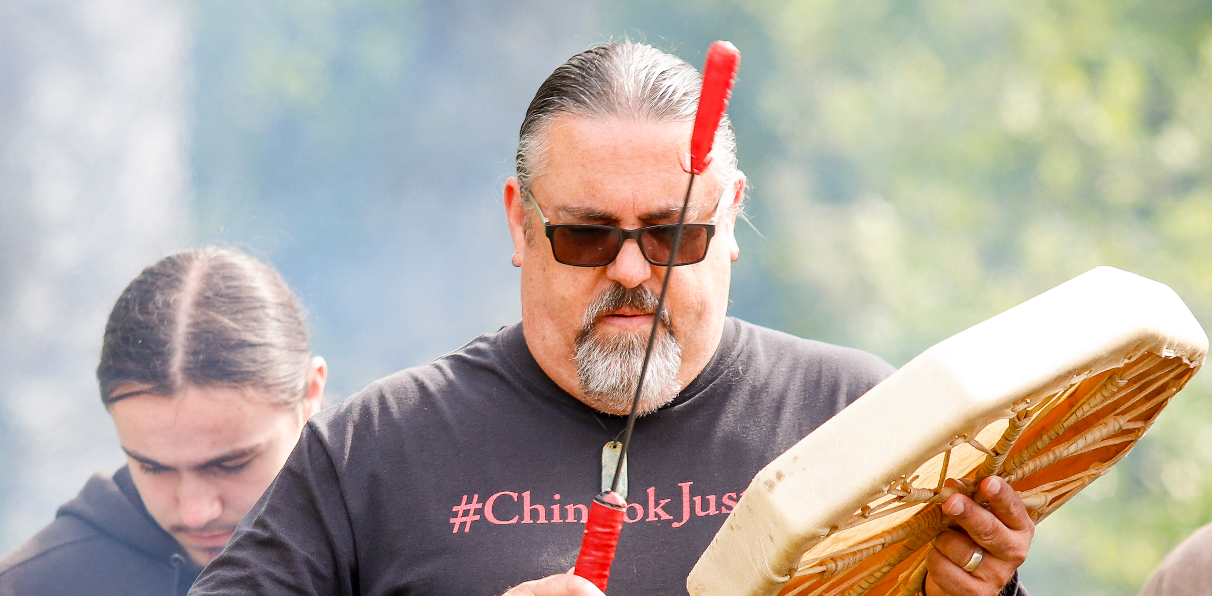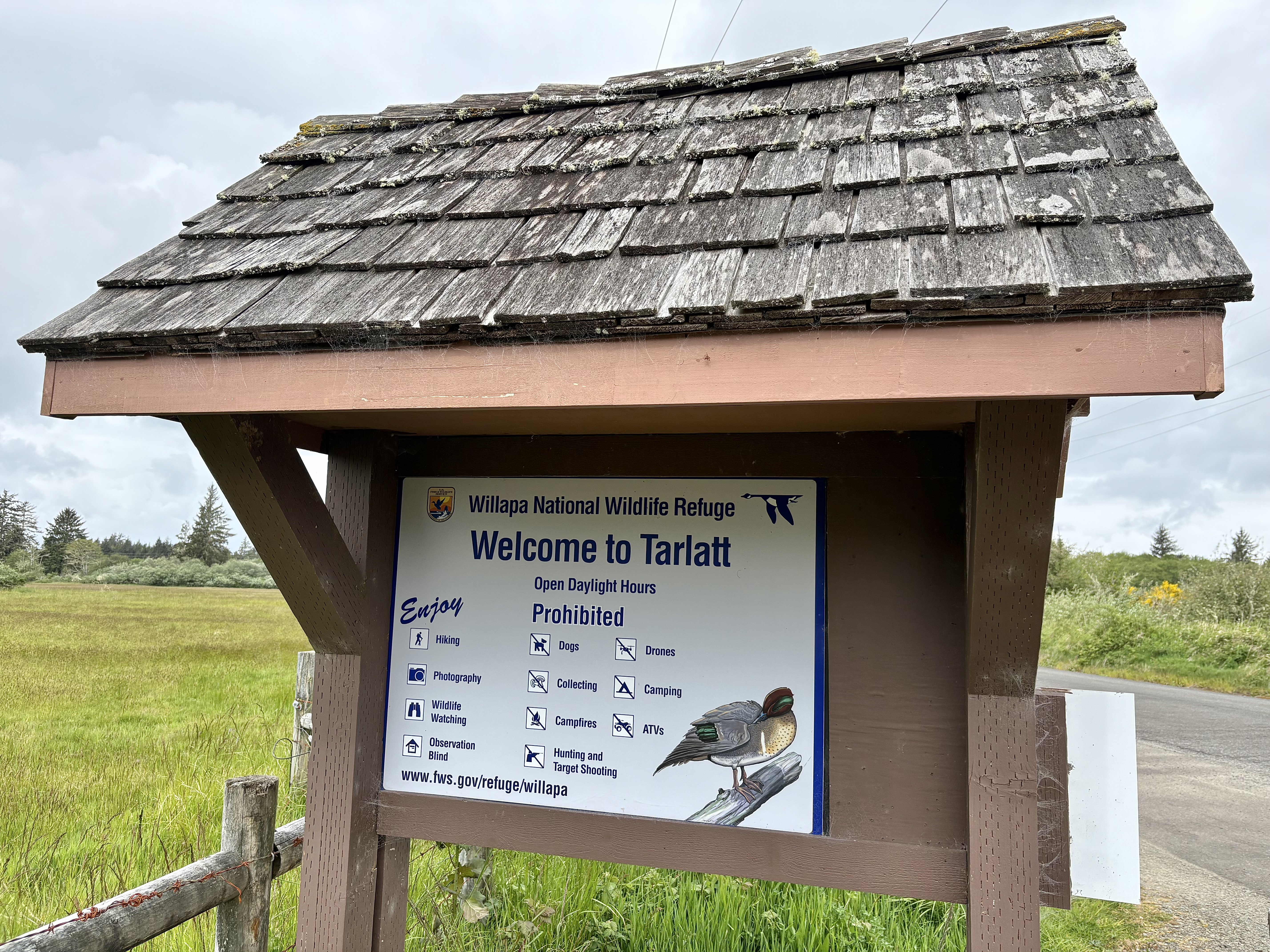Letter: Help insects by restoring native plants
Published 3:27 pm Monday, August 8, 2022
I was pleased to see Cate Gable cover the dramatic loss of insect and other invertebrate life over the past few decades due to pesticides and habitat loss. I appreciated the overview of environmental services these animals provide, as well as the mention of the importance of native plants and the benefits of a messy yard. The more we can get the word out about this growing threat to all life on earth, the better.
Trending
I did want to elaborate briefly on native plants. Many people now are aware that pollinators like bees, butterflies, moths, beetles, etc. need more food. What fewer realize is that flowers only feed the adult forms of these insects. The larvae of many pollinators and other insects are herbivorous, and most can only eat the leaves of a very small number of native plants. Each species of plant has its own chemical composition, to include chemicals that are meant to prevent them from being eaten. So each herbivorous insect species has evolved resistance to the chemicals in a small selection of these plants, but is unable to eat anything else. Hence why monarch caterpillars only eat milkweed, for example.
For the most part, our native insects cannot eat non-native plants, like the cat’s ear labeled as “dandelions” in the photo. Even if the flowers offer nectar to adult pollinators, larvae can’t reach adulthood if they don’t have leaves they can eat. (Most of the “bugs” eating your vegetables are also non-native.) So if you want to help our native pollinators, grow plants that help them at all stages of life. You can find out which plants support the most pollinators by entering your zip code in the Native Plant Finder at www.nwf.org/NativePlantFinder.
REBECCA LEXA, MA, OMN









